Lucille's Jambalaya: The Ultimate Global Spice Fusion
Imagine a single dish that brings together the boldness of Cajun spices, the depth of Creole herbs, and a touch of global flair. Enter Lucille's Jambalaya—a melting pot on a plate, simmered in tradition and spiced to perfection. Whether you're a seasoned chef or a home cook looking for your next flavor adventure, this jambalaya promises to turn up the heat—literally and figuratively.
In this blog post, we’ll dive into everything from the spice rack secrets behind Lucille’s signature flavor to tips for nailing the perfect texture, aroma, and balance of ingredients. Along the way, we'll explore how jambalaya reflects global spice traditions—from Indian cardamom notes to North African ras el hanout influences—and why it deserves a place at the table of every spice lover.
Table of Contents
- The Spicy Roots: A Brief History of Jambalaya
- What Makes Lucille's Jambalaya Stand Out?
- Essential Spices in Lucille’s Jambalaya
- Pro Tips for Cooking the Perfect Pot
- Jambalaya Through a Global Spice Lens
- Serving Suggestions & Pairings
- Conclusion
The Spicy Roots: A Brief History of Jambalaya
Jambalaya traces its roots back to Louisiana, particularly New Orleans, where French, Spanish, and West African culinary traditions collided in a fiery symphony. It was born out of necessity—a way to stretch protein and transform humble rice into something rich and satisfying.
But here's the twist: while many consider jambalaya to be purely American, its spice profile tells a different story. Paprika? That’s Spanish. Cayenne? That’s Caribbean influence. Bay leaf and thyme? Classic French. Garlic and onion? Universally loved. And don’t forget smoked sausage—especially andouille—which adds a deep, smoky note reminiscent of smoked paprika-laden dishes from Spain and Morocco.
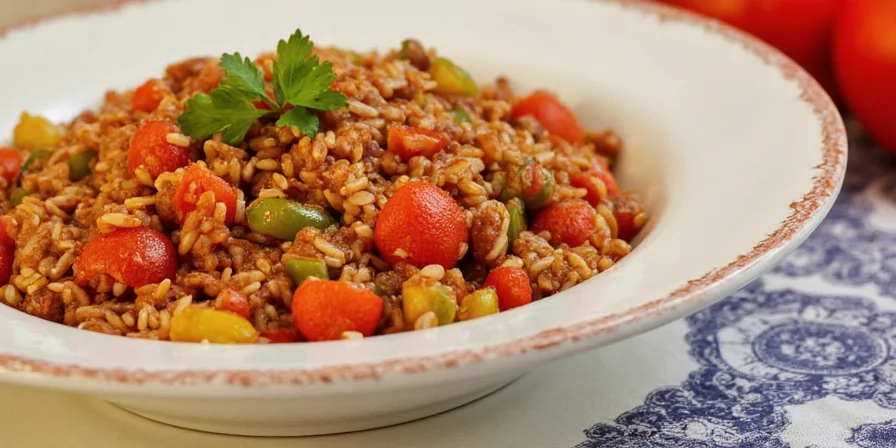
What Makes Lucille's Jambalaya Stand Out?
Lucille's version of jambalaya is no ordinary one-pot meal—it’s a carefully crafted blend of global spice traditions that dance on your palate. Unlike traditional recipes, which often stick strictly to Old World spices, Lucille likes to push boundaries. Her jambalaya sometimes includes hints of cumin (for Middle Eastern warmth), coriander (for Indian flair), and even turmeric (for color and health benefits).
| Traditional Jambalaya | Lucille’s Jambalaya |
|---|---|
| Paprika, garlic, onion, celery | Smoked paprika, cumin, coriander, bay leaf, turmeric |
| Andouille sausage, chicken, shrimp | Smoked sausage, chorizo, prawns, optional duck confit |
| Rice, tomatoes, stock | Basmati or jasmine rice, fire-roasted tomatoes, vegetable or bone broth |
Essential Spices in Lucille’s Jambalaya
Spice is the soul of any great jambalaya, and Lucille knows exactly how to make her version sing. Here are the must-have spices and what they bring to the party:
- Smoked Paprika – Adds smokiness and a deep red hue. Think of it as the backbone of the dish.
- Cayenne Pepper – Brings the heat. Adjust according to your tolerance.
- Ground Cumin – Earthy, warm, and slightly citrusy. It’s a nod to Middle Eastern and Southwestern cuisine.
- Fennel Seeds – Add a licorice-like sweetness that balances the savory elements.
- Dried Thyme – Classic French herb that enhances the overall aroma.
- Basil – Fresh or dried, it adds brightness and complexity.
- Turmeric – Not just for color; it also brings an earthy bitterness and anti-inflammatory properties.
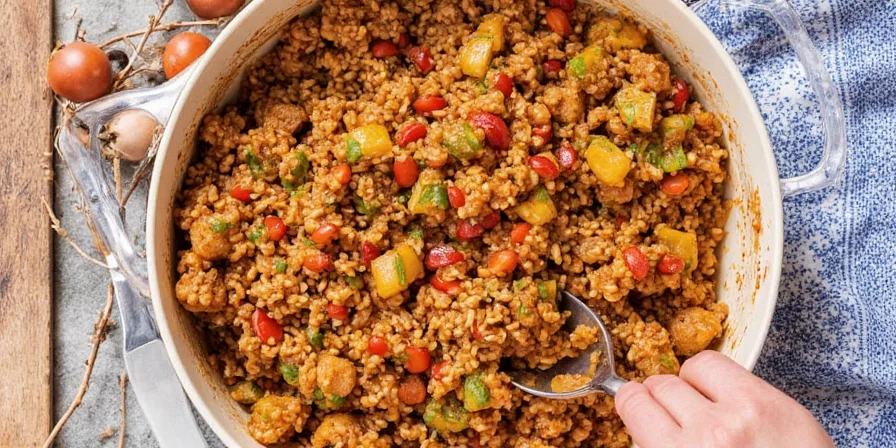
Pro Tips for Cooking the Perfect Pot of Lucille's Jambalaya
Want to recreate this masterpiece at home? Follow these expert-approved steps to nail every element—from the holy trinity base to the final steam-off.
Step 1: Build a Flavor Foundation with the Holy Trinity
Sauté onions, bell peppers, and celery until soft and fragrant. This trio is the heart of any good gumbo or jambalaya and provides a sweet, aromatic base.
Step 2: Brown Your Proteins
Don’t skip browning your meats—whether it’s chicken thighs, andouille sausage, or shrimp. This caramelization step adds layers of umami and texture.
Step 3: Toast Your Spices
Add your spice mix after the veggies but before adding liquid. Toasting them in the pan for a minute or two unlocks their essential oils and intensifies flavor.
Step 4: Choose the Right Rice
Use long-grain white rice or go wild with basmati or jasmine for floral notes. Avoid Arborio or sushi rice—they absorb too much liquid and can turn gummy.
Step 5: Simmer, Don’t Stir
Once you add the rice and broth, cover the pot and let it simmer gently. Resist the urge to stir—it can lead to mushy rice. Let the flavors meld undisturbed.
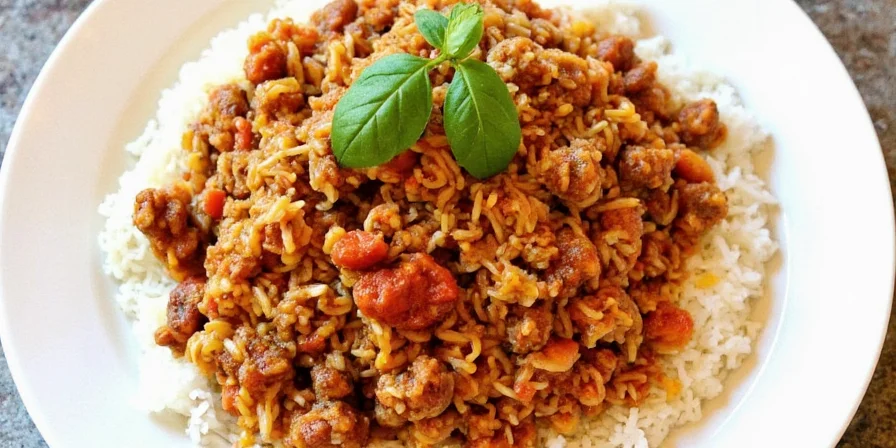
Jambalaya Through a Global Spice Lens
While jambalaya is rooted in Southern U.S. cooking, its flavor profile has surprising parallels around the world:
- Moroccan Tagine – Uses cinnamon, ginger, and paprika similarly to jambalaya’s smoky base.
- Indian Biryani – Combines rice, meat, and layered spices like turmeric, cumin, and cloves.
- Spanish Paella – Also features saffron, paprika, seafood, and rice, though it tends to be more delicate.
- Korean Bibimbap – Shares the one-bowl format and uses chili paste for heat, much like cayenne in jambalaya.
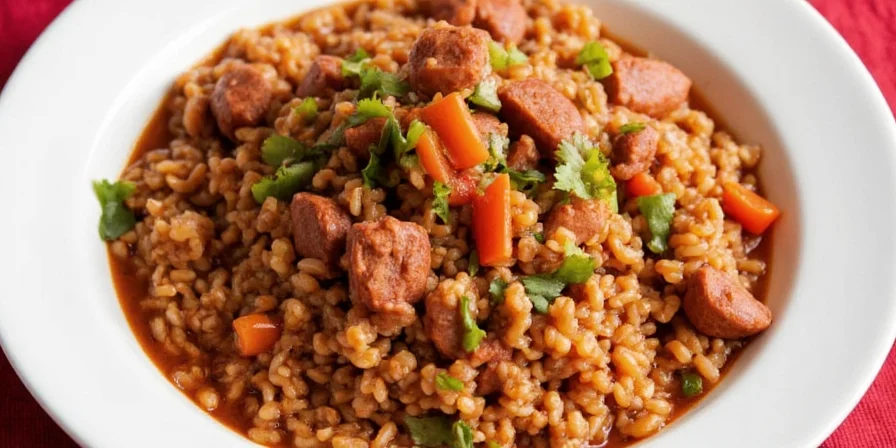
Serving Suggestions & Pairings
Lucille serves her jambalaya hot and hearty, often garnished with chopped green onions, fresh parsley, or even a squeeze of lime for brightness. For sides, she recommends:
- Crusty Bread – To soak up every last drop of flavorful broth.
- Coleslaw – Creamy and cool, it balances the heat perfectly.
- Glass of Rosé or IPA – Light wines or hoppy beers cut through the richness.
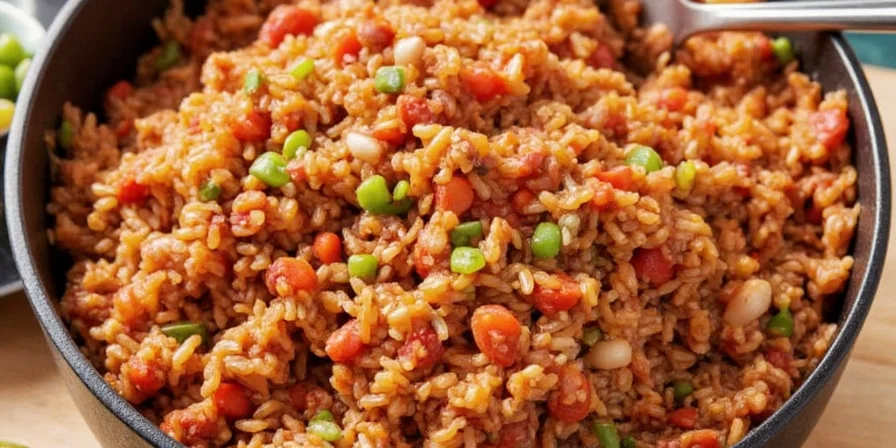
Conclusion
Lucille's Jambalaya isn’t just another spicy dish—it’s a celebration of spice traditions across continents. From its smoky paprika to its adventurous use of turmeric and cumin, it tells a story of migration, adaptation, and love for bold flavors.
Whether you’re a spice connoisseur or simply curious about global tastes, mastering Lucille's jambalaya is worth the effort. With a few key techniques and a fearless attitude toward spice blending, you too can serve up a bowl of history, culture, and heat.
So grab your favorite spices, gather your proteins, and get ready to stir up some serious global flavor—one spoonful at a time.

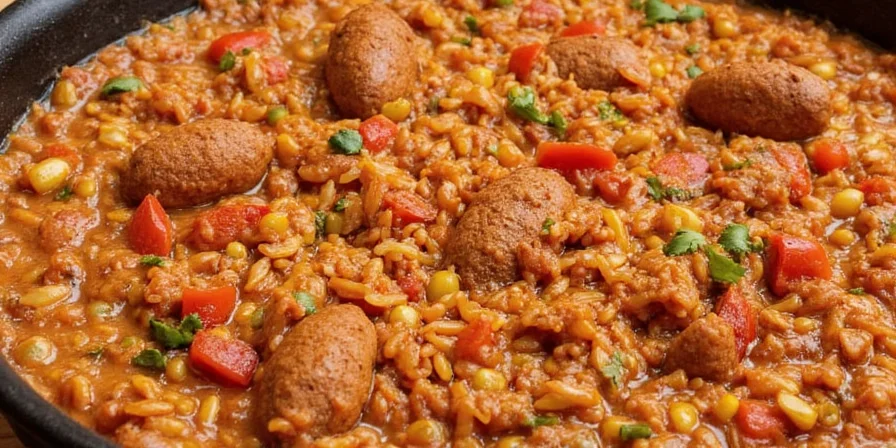









 浙公网安备
33010002000092号
浙公网安备
33010002000092号 浙B2-20120091-4
浙B2-20120091-4